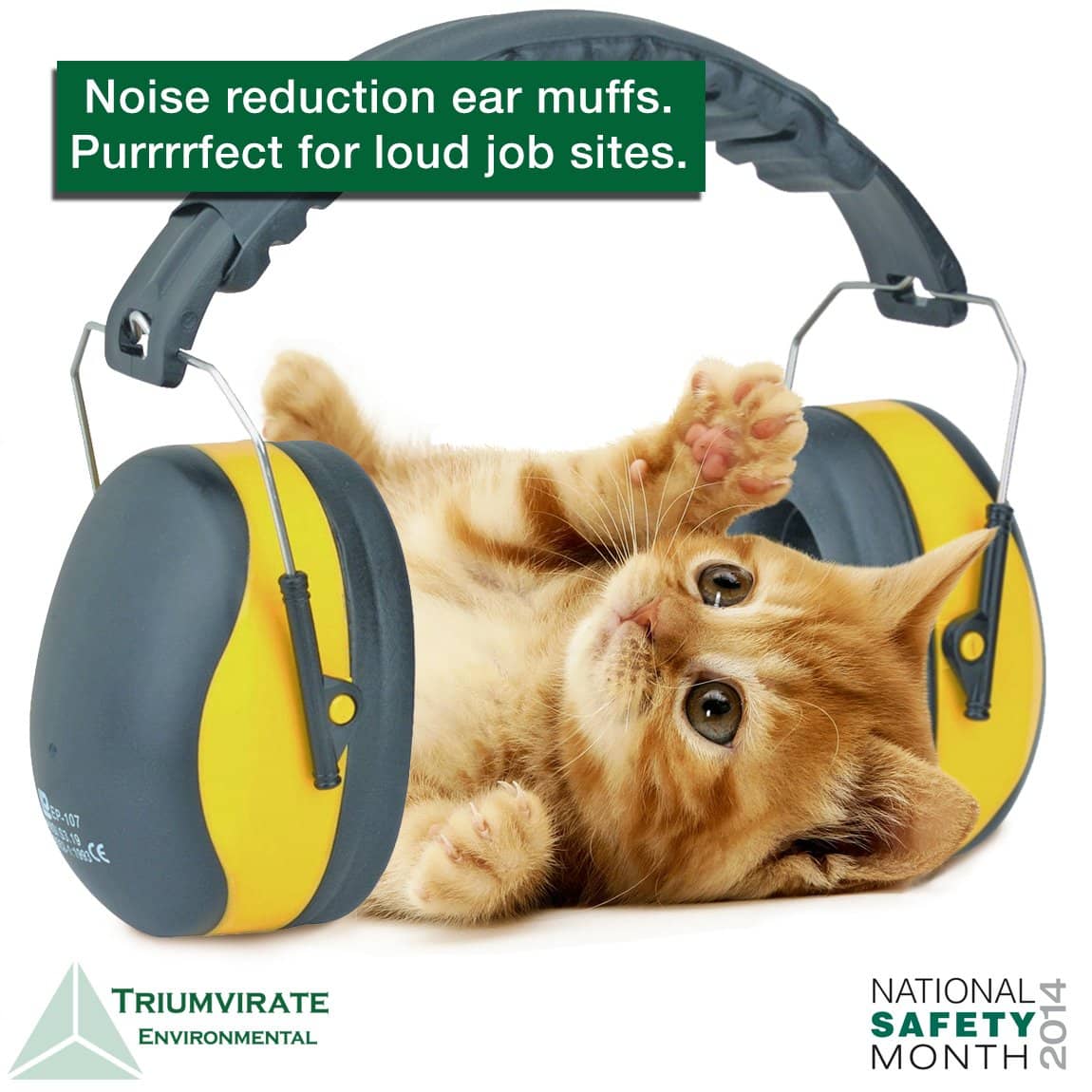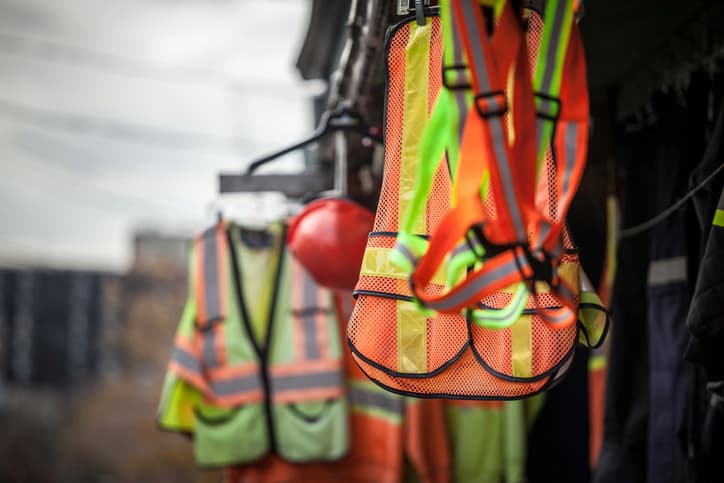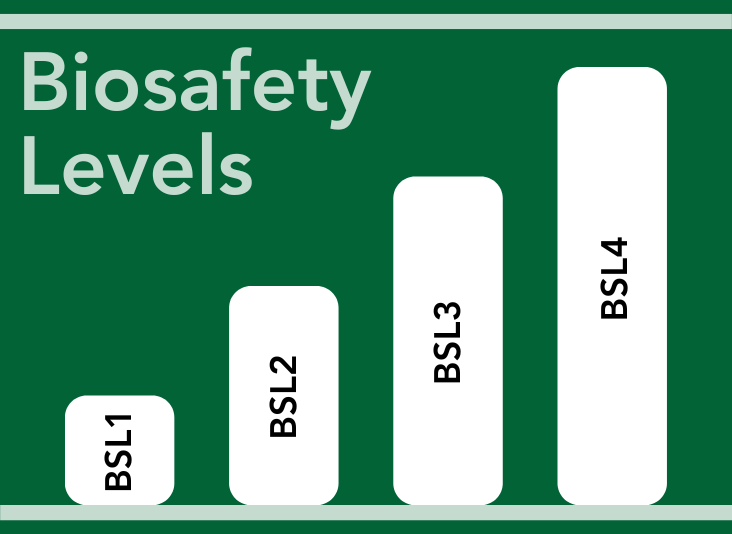Everything You Need to Know About Hearing Protection in the Work
 It’ll never happen to me. Is that what you’re thinking? Well I have bad news. It already did and you didn’t even know it. Every time you didn’t use the proper hearing protection it was happening to you.
It’ll never happen to me. Is that what you’re thinking? Well I have bad news. It already did and you didn’t even know it. Every time you didn’t use the proper hearing protection it was happening to you.
Hearing loss is a cumulative injury. Every time you or another worker doesn’t use hearing protection hearing damage gets a little bit worse, layering on top of the damage you may have already done.
Here’s a quick and easy guide to ensuring hearing safety in your work environment.
Know What You're Up Against
Many employees don’t realize how common and serious hearing loss is. Here are some stats from the CDC to get the gears moving.
-
Four million workers go to work each day in damaging noise.
-
Ten million people in the U.S. have noise-related hearing loss.
-
Twenty-two million workers are exposed to potentially damaging noise each year.
-
In 2007, approximately 23,000 cases of occupational hearing loss that was great enough to cause hearing impairment were reported.
-
Reported cases of hearing loss accounted for 14% of occupational illness in 2007.
-
In 2007, approximately 82% of the cases involving occupational hearing loss were reported among workers in the manufacturing sector.
Now that you know just how serious this problem is, here’s how you can prevent it.
Understand Your Noise Situation
There are plenty of people out there who don’t even realize their workplace is too loud. OSHA's noise exposure limits are based on a time-weighted average over an 8-hour day. When the decibel increases by 5, the amount of exposure time allowed is cut in half. NIOSH uses a similar formula except they suggest no more than 85 dBA over an 8-hour day rather than OSHA's 90dBA.
All work environments should know the dBA levels of all machines and areas of their buildings. How do you know the dBA levels of where you work?
Here is a list of decibel levels for some jobs that definitely require hearing protection. For machines you’re unsure about, you should test the dBA level of your machines with a decibel meter or sound level meter. If any of your machines fall outside of the legal range for noise levels, you should implement a hearing conservation program.
Though there are many requirements for a hearing conservation program, the main responsibilities of the employer are to measure noise levels, provide periodic medical surveillance exams and provide hearing protection. Employer must also provide training and conduct evaluations of the adequacy of the hearing protectors in use. Whenever changes are made to an environment that may change hearing conservation needs, the employer should conduct an evaluation and proceed accordingly. For a sample program, look here.
If you have a program in place, hearing loss dangers should be minimal, however you should still be aware of the options you have to improve the noise situation at your work.
Reduce Chances of Occupational Hearing Loss
There are several options for helping reduce the damage noise can do on your ears.
Engineering controls are a big way that occupational hearing loss dangers can be minimized. These include properly maintaining and lubricating equipment and choosing quieter equipment. Managers can also set up sound barriers or enclose the sound source to reduce noise when possible.
There are also administrative controls, which involve making changes to the work place to eliminate the noise. Examples of this are limiting individual times at a noise source, providing a quiet space for employees, and operating noisy machinery during shifts where fewer employees are exposed.
If you’re like the rest of us and have no control over some of these sound issues other than what you’re putting on your own ears, that’s fine too. The easiest solution to hearing safety at the workplace is wearing the proper PPE. If you’re exposed to a level of sound higher than that allowed by OSHA it’s important that you wear noise-reducing PPE. For OSHA, this is the least desirable form of hearing safety because it means that without hearing protection there is an unsafe amount of sound in your workplace.
Depending on the kind of PPE you choose, your daily sound exposure can be reduced anywhere from 20% to 70%. Make sure you’re aware of how much you’re reducing your sound. Options include earmuffs, foam plugs, ear canal caps, and more. For details on the differences between the kinds of noise reducing PPE, look here.
To ensure a safe work environment, it's important to know that your entire facility is compliant and all your employees are trained for safety. For expert help in these areas, contact our experts.







